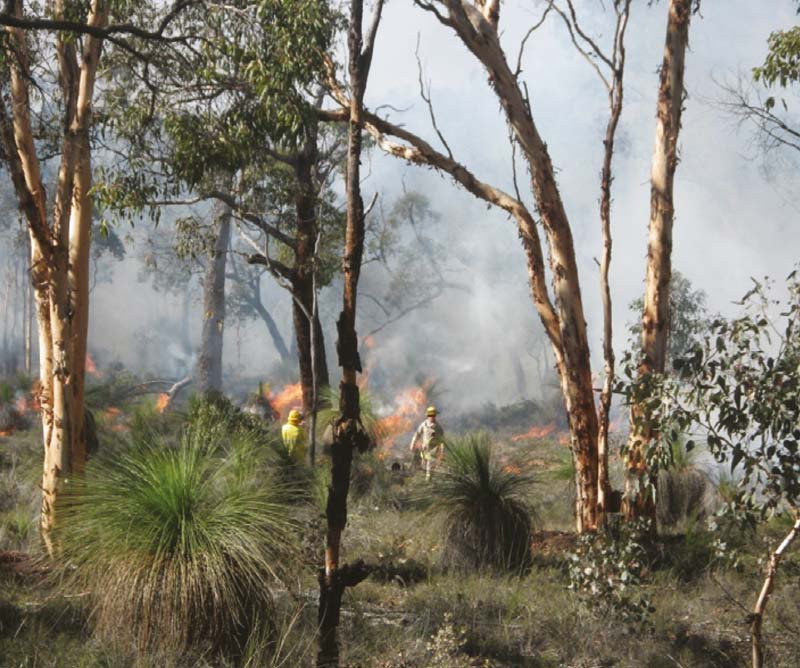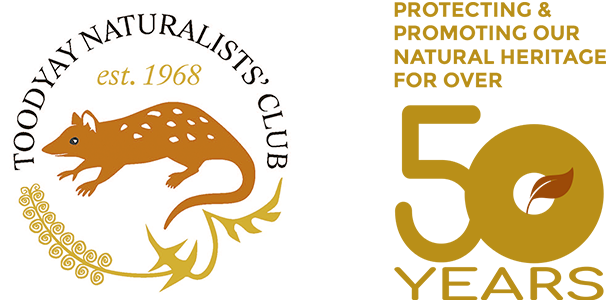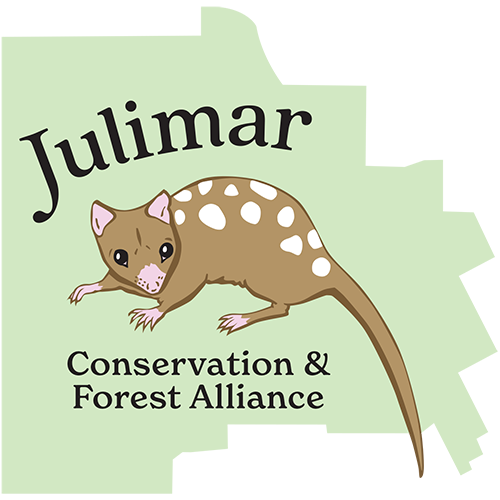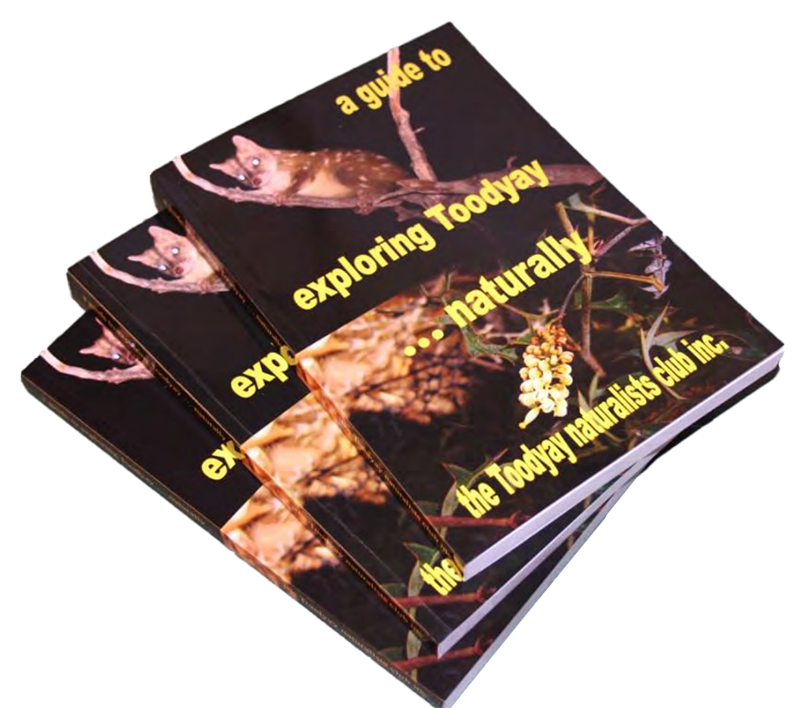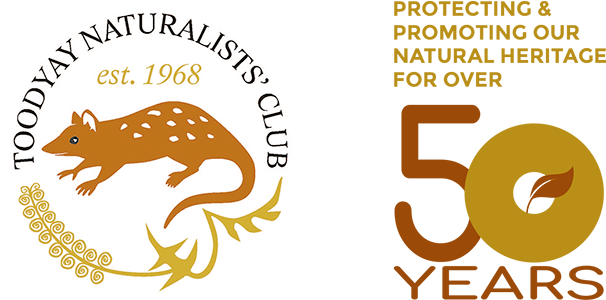Our April meeting consisted of an online presentation at the Community Resource Centre by Doctor Phil Zylstra on the contentious practice of prescribed burning in our native forests, especially WA’s unique Jarrah. Club and community members including Craig Stewart, Toodyay’s Chief Bushfire Control Officer attended.
Dr. Zylstra maintains that the Department of Biodiversity, Conservation and Attraction’s (DBCA) practice of frequent burning is actually increasing the flammability of the forest vegetation. He certainly presented compelling evidence gathered over many decades that strongly supported this.
In addition, the risk to property, assets, ecology, species survival and human health are well documented. For example, more people die from respiratory conditions caused by smoke generated by prescribed burns than from actual wildfire.
Given the many DBCA reserves covering some 40,000 hectares in our shire many probing questions came from the floor.
Residents in the Coondle West area recently received a letter from DBCA informing them that a burn was planned for Rugged Hills Reserve. The letter contained the following, “ensure your insurance cover is current and will provide you with adequate coverage in order to protect you from property losses”.
I remember all too well a prescribed burn in the Julimar Forest in 2017 that saw a massive pall of smoke and ash raining down from Bejoording to Toodyay town. This prompted many residents to pack belongings and evacuate the area. These DBCA burns are ignited aerially and often conducted in early autumn at the end of our long, hot dry summers when the bushland is stressed and still tinder dry.
Hazard reduction burns on shire managed reserves are done in winter resulting in a cooler burn with low flame height. This method has also prompted the regeneration of rare native plants including the Star Orchid Thelymitra stellata in the Dawn Atwell Nature Reserve.
Our May meeting will be held at the Anglican Church Hall on Saturday May 17, commencing at 7.00 pm. It will be a “members night” and participants are encouraged to present their wildlife sightings, natural history photos, stories and experiences.
The Toodyay Naturalists’ Club welcomes sightings and observations of flora, fauna and all areas of natural history. To add your sightings, email secretary@toodyaynats.org.au or submit a sighting via our online form.
